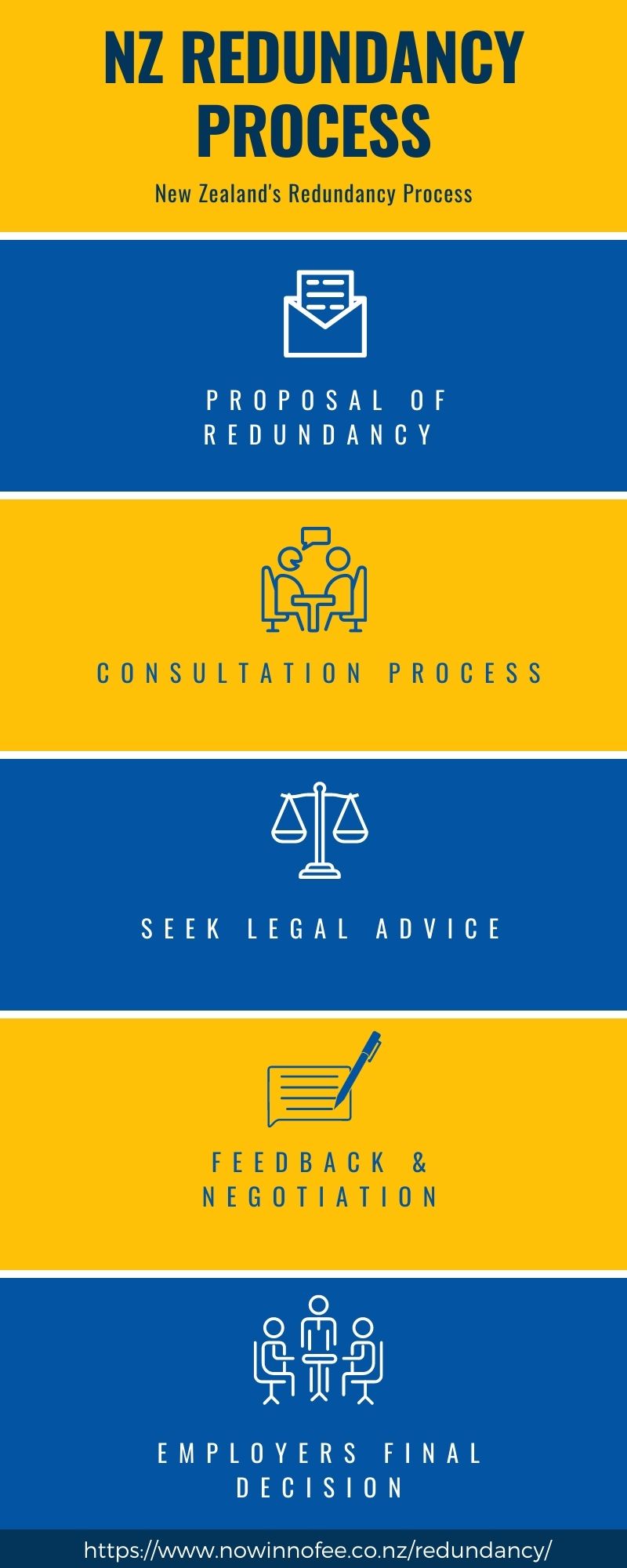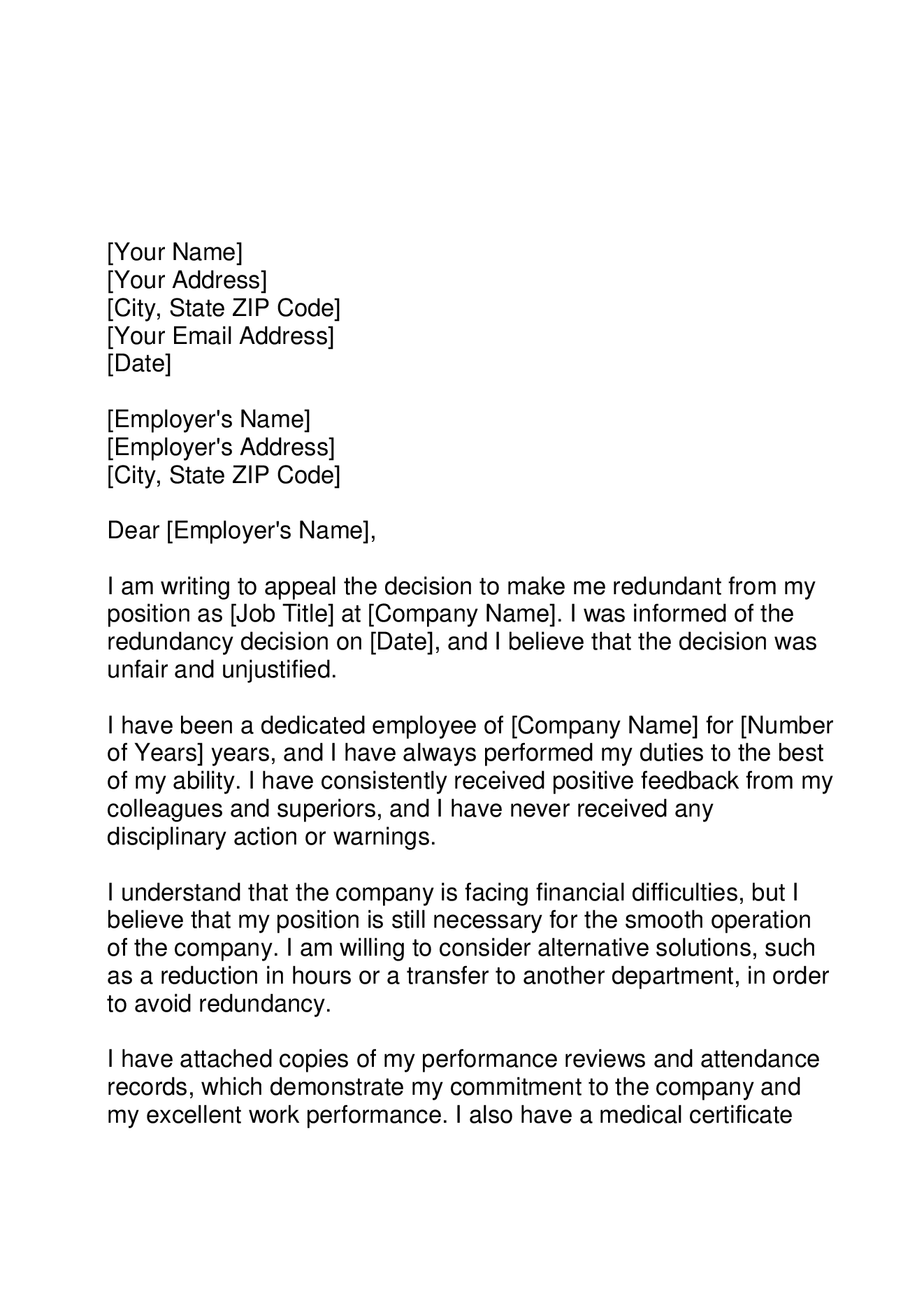Exploring the Operational Characteristics of Business Redundancy and Its Long-Term Sustainability

Redundancy Strategies for Organization Connection
In order to make sure nonstop operations, services must execute reliable redundancy strategies for organization continuity. Redundancy in this context refers to the replication of critical parts or functions within a system to alleviate the influence of potential failures. By incorporating redundancy approaches, companies can enhance their durability versus interruptions created by various elements such as natural calamities, devices failings, or cyber-attacks.
One usual redundancy approach is the execution of backup systems and information storage space remedies. This entails developing matches of vital information and systems that can be turned on in case of a key system failing. Furthermore, companies can establish redundant interaction networks and power resources to keep connection and operations during unpredicted occasions.
Moreover, cross-training employees to carry out numerous duties within the business can function as a valuable redundancy method. If essential personnel are inaccessible due to illness or other reasons, this ensures that important jobs can still be brought out even. On the whole, efficient redundancy methods are essential for organizations to support functional continuity and lessen the effect of potential disruptions.
Influence of Redundancy on Organizational Resilience
Offered the vital duty redundancy strategies play in making sure business continuity, discovering the influence of redundancy on organizational resilience becomes imperative for comprehending the alternative functional dynamics of a business. Redundancy, when purposefully applied, can considerably contribute to boosting a company's resilience in the face of unexpected difficulties.
Additionally, redundancy can foster development and creativity within an organization as employees feel encouraged to take computed dangers, knowing that there is a security web to support them in case of failure. On the whole, the effect of redundancy on organizational durability is profound, forming the lasting sustainability and success of a company.
Stabilizing Effectiveness and Versatility in Redundancy
Accomplishing a harmonious equilibrium in between functional effectiveness and flexible adaptability is an essential challenge in the strategic release of redundancy within organizations. Also much versatility without a solid functional structure can result in inefficiencies and variance.
To balance performance and versatility visit this page in redundancy preparation, companies have to meticulously analyze their operational demands, market characteristics, and critical objectives. Ultimately, locating the best balance in between performance and adaptability is important for constructing a lasting and resistant company in the face of uncertainty.
Long-Term Sustainability Through Redundancy Preparation
To make certain enduring feasibility and stability, organizations must purposefully align their redundancy preparation with long-lasting sustainability objectives, consequently harmonizing functional performance with adaptive versatility. Long-term sustainability via redundancy planning includes greater than just short-term cost-cutting procedures. It requires a detailed tactical technique that expects future obstacles and opportunities. Business need to view redundancy not as a responsive option to prompt problems however as a positive strategy for long-lasting success. By incorporating redundancy preparation with sustainability objectives, organizations can develop a resilient framework that can hold up against various market changes and inner changes.

Proactive Procedures for Sustainable Business Procedures
How can companies proactively improve their functional sustainability for long-term success? Executing positive actions is important for business aiming to make sure sustainable operations. One vital strategy is to invest in technology and development to simplify processes, minimize waste, and stay affordable in the marketplace. Adopting sustainable practices such as decreasing power intake, decreasing carbon impact, and maximizing source utilization can not only benefit the environment but also bring about cost savings over time.
Furthermore, cultivating a society of continual renovation and discovering within the organization can enhance adaptability to changing market problems and client demands. Encouraging worker participation in decision-making procedures and supplying chances for professional growth can enhance spirits, productivity, and total performance. Developing clear objectives, monitoring vital efficiency indicators, and on a regular basis assessing development are vital parts of positive sustainability management.
Working together with vendors, clients, and other stakeholders to advertise lasting techniques throughout the supply chain can create a surge effect of positive effect - redundancy pay if company goes bust. By website here taking proactive actions towards functional sustainability, business can construct durability, drive development, and safeguard their lasting success in an ever-evolving company landscape
Verdict

In the realm of business administration, the tactical deployment of business redundancy stands as a pivotal yet intricate method that necessitates a delicate equilibrium in between functional effectiveness and long-term viability. By exploring the operational characteristics that underpin company redundancy and reviewing its wider implications for business resilience and flexibility, a nuanced understanding of how redundancy methods can shape the future trajectory of a firm begins to unravel.Offered the essential role redundancy methods play in guaranteeing organization continuity, checking out the impact of redundancy on business strength becomes important for recognizing the holistic operational characteristics of a firm. In general, the effect of redundancy on business strength is extensive, shaping the long-lasting sustainability and success of a firm.
In verdict, understanding the operational dynamics of firm redundancy is crucial for guaranteeing lasting sustainability.
Comments on “Small Business Closing Employee Rights UK: Making Sure Fair Redundancy Pay”